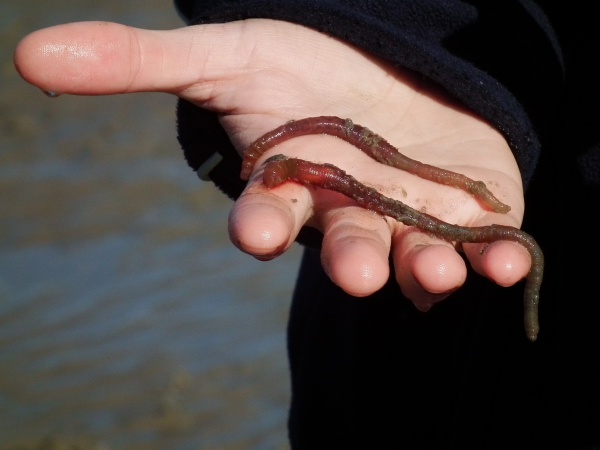Facts About Lugworm
The lugworm, also known as the sandworm, is a fascinating marine creature belonging to the phylum Annelida. If you've ever walked along the beach at low tide, you might have noticed their coiled castings in the sand, although the worms themselves usually remain hidden. They are typically seen only if you dig them up out of curiosity or for fishing bait.
In the UK, there is a species known as Arenicola marina, or the blow lugworm, which can grow up to 130mm long. Another species, Arenicola defodiens, commonly referred to as the black lugworm, is larger, darker, and sometimes almost entirely black. This species is distinctive due to its unique spiral wormcasts.
Lugworms found along Europe's coasts can reach up to 23 cm in length and about 1 cm in diameter. In North America, these worms range in size from 7.6 to 30.5 cm. Their bodies are segmented, featuring a blackish-red head, a red middle section with bristles and gills, and a yellowish-red tail. They reside in U-shaped burrows in the sand, with specific surface markings indicating the head and tail shafts of these burrows. Lugworms have an intricate blood vessel system that includes hemoglobin, which transports oxygen.
Once they burrow into the sand, lugworms rarely leave their hiding spots and can remain there for extended periods. They breed in early October, simultaneously releasing their eggs and sperm into the water. The larvae hatch from these eggs, feed on jelly masses, and eventually resemble their parents. As they grow, they burrow into the sand and gradually move down the beach.
Lugworms have also made their way into popular culture. They are mentioned in William Butler Yeats' literary work "The Man Who Dreamed of Faeryland." Additionally, the comic strip "Ollie and Quentin" by Piers Baker humorously depicts the friendship between a seagull named Ollie and a lugworm named Quentin. This comic strip is a nod to the artist's childhood memories of using lugworms as bait.

 Austria
Austria